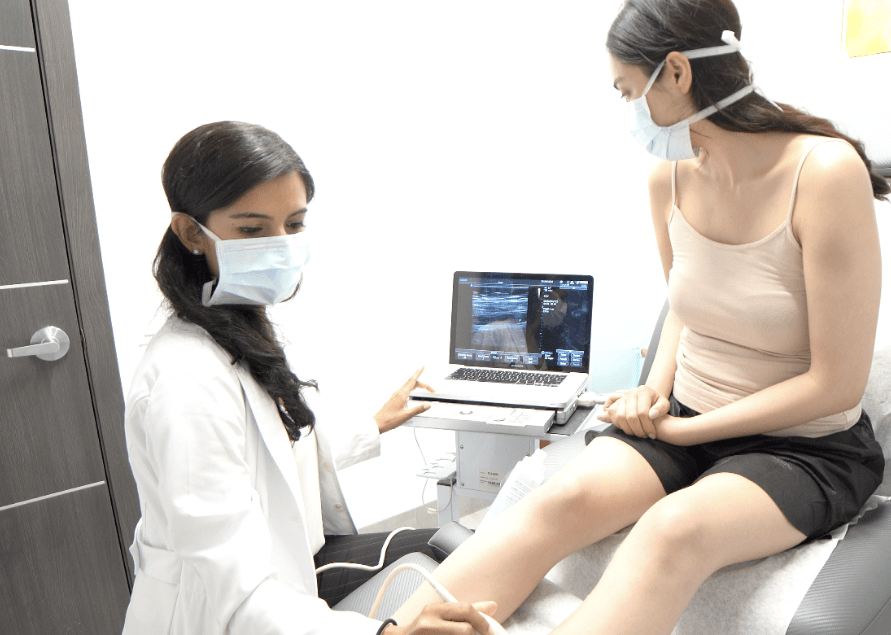What Are The Six Stages Of Varicose Vein And Vein Disease?
Vein diseases do have different types of stages, which might make the situation worse if left unnoticed.
Many people don't focus on the changes in their bodies. This might cause damage in the vein, such as Chronic venous Insufficiency (CVI); this is majorly developed in the stages that affect the predictable pattern with time. Continue reading as we have described the chronic venous inefficiency stages.
First, let us understand what kind of doctor is a vein specialist.
A phlebologist, a vein expert, treats the varicose vein. Due to their expertise and specialization in this area, these doctors are professionals. To diagnose the entire issue of vascular vein therapy, the surgeon utilizes a venous Doppler primarily designed to explore the veins by levitating on the patient's skin.

What does a vein clinic do?
Vein treatment aims to increase circulation and alleviate signs and symptoms like pain, edoema, and skin discoloration. A healthcare professional can suggest the best action based on a patient's condition and medical background.
What are the stages of the Varicose Vein?
Well, here are the stages mentioned through which you can check the appearance of your situation and then meet the doctor as soon as possible to get it treated.
Stage one - Spider Veins
Small, thin blood vessels called spider veins are found close to the skin's surface. Telangiectasias are the medical term for these dilated capillaries and veins; women experience them more frequently than males.
Stage two- Varicose Veins / Ropey Veins
People frequently become aware of vein disorders as their varicose veins become more noticeable. More than 75% of patients with varicose veins experience symptoms that affect their daily activities. Leg pains might take the form of burning, tingling, numbness, itching, fatigue, aches, heavy, swelling, or restless feelings. When symptoms first appear, that is the ideal moment to address veins.
Stage 3 – Edema without Skin Changes
Leg edoema may start to happen when vein problems get worse. Leg edoema results from the venous system's backflow interfering with the body's ability to reabsorb fluid. While it might alleviate some symptoms, elevation cannot treat venous disease. Although vein diseases are frequently linked to leg swelling, there may also be other underlying causes.
Stage 4 - Skin Discoloration
Venous congestion brought on by the progression of vein disorders may change the color of the skin. Additionally, the skin may thin out and turn reddish brown or whitish. The skin is vulnerable at this point and heals more slowly.
Stage 5- Changes in the skin with Healed Ulceration
Once an ulceration has formed, treatment can be administered to encourage wound healing and offer urgently required symptom relief.

Stage 6 - Changes in the skin with Active Ulceration
The malfunction of venous valves is the leading cause of venous ulcers. These venous ulcers can become chronic lesions and cause excruciating pain if neglected.
Summing it up :
We hope you liked the article and now have a clear vision of what to expect at a vein clinic. Ultimately, we want to mention what the vein clinic needs to do.
The vein treatment clinic will examine all the possible chances that can be possible for vein treatment. Moreover, it is important to note every change in your body to get the best treatment on time without any delay to stop further consequences.
Article Source : https://www.healthandhealthytips.com/what-are-the-six-stages-of-varicose-vein-and-vein-disease/
Comments
Post a Comment